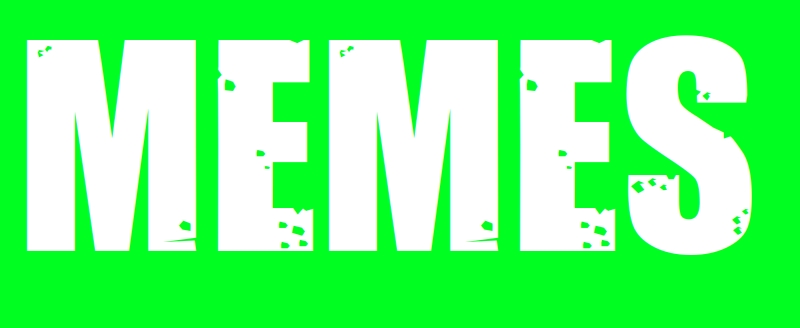

Pretty much the first type of commercially viable radio transmitter was the spark-gap transmitter (“Knallfunkensender” in German). It worked by charging up some capacitors to up to 100kV and then letting them spark. This spark sent a massive banging noise on the whole radio spectrum, which could then be turned into an audible noise using a very simple receiver. That was then used to send morse codes (or similar encodings).
They went into service around 1900, and by 1920 it was illegal to use these because they would disrupt any and all other radio transmissions in the area with a massive loud bang.



It’s a broadband bang that can be heard across the whole spectrum. It becomes audible when listening to radio broadcasts.
Regular radio transmissions are comparatively narrow band, allowing lots of simultaneous transmissions in the same airspace, each on its own frequency. The spark gap transistor is very wide band, so it basically sounds as if you are sending a bang sound across all radio frequencies at the same time.
It wouldn’t destroy radio equipment, but the radio transmissions. It’s basically as if you’d use a radio jammer as a morse code transmitter.